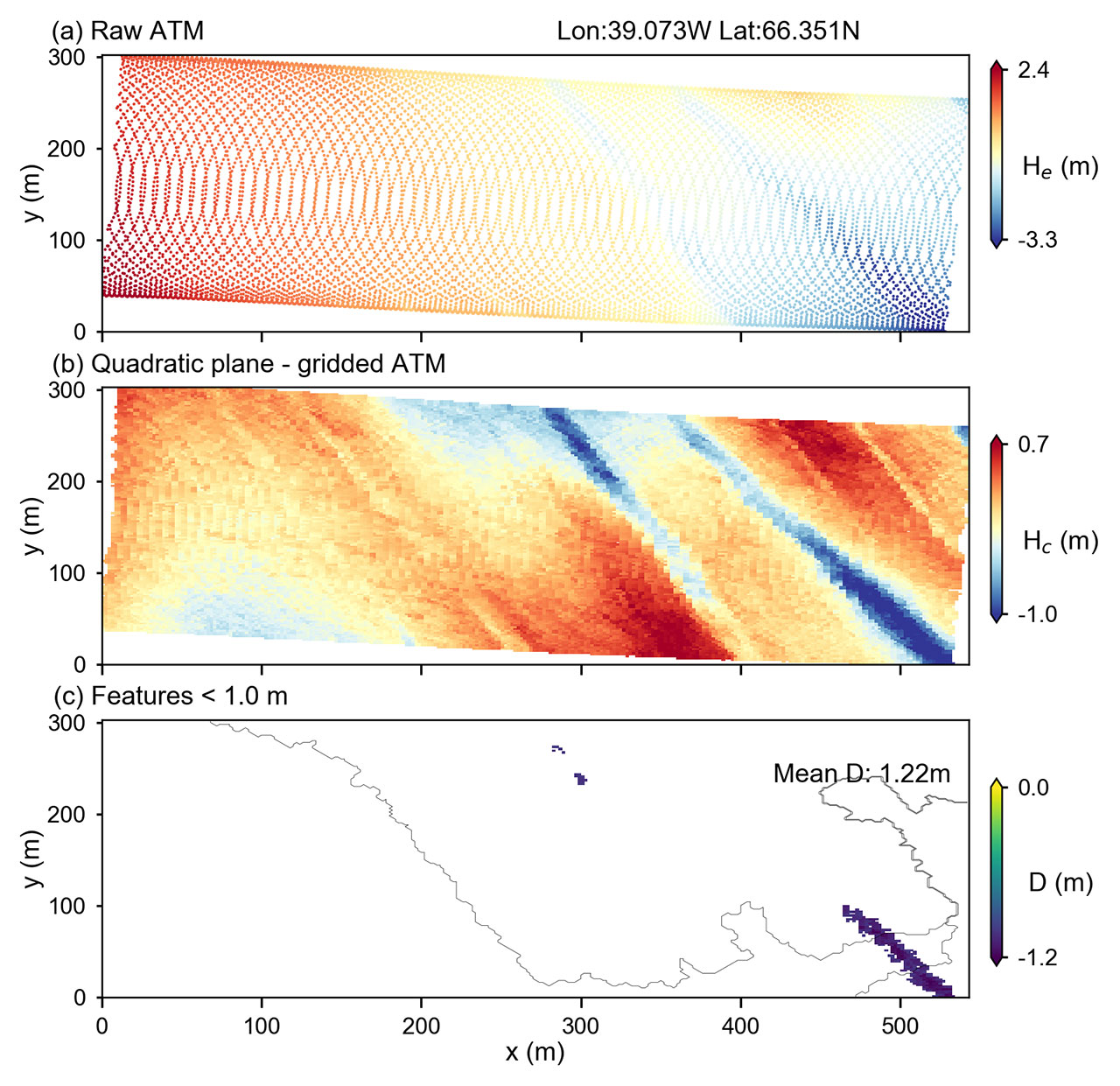
Comprehensive Ice Sheets Gateway Helps Address Sea Level Rise
Nationwide team encompasses multiple agencies to create new “GHub” tool
Published Date
By:
- Kimberly Mann Bruch
Share This:
Article Content
Researchers at the State University of New York at Buffalo (UB) recently teamed with colleagues at NASA Goddard Space Flight Center, NASA Jet Propulsion Laboratory and Tufts University to publish a special issue paper entitled Building a Glaciology Gateway to Unify a Community in the Concurrency and Computation journal. The article provides detailed information about the Glaciology Hub known as the GHub science gateway, which is powered by the HUBzero® Platform at the San Diego Supercomputer Center (SDSC), located at UC San Diego.
“We are happy to assist the GHub team in achieving their goals, especially given the critical nature and societal importance of melting ice sheets,” said HUBzero Director Michael Zentner, who is also the director and principal investigator (PI) of the Science Gateways Community Institute and director of Sustainable Scientific Software at SDSC. “The multidisciplinary nature of ice sheet science is an ideal case of what the HUBzero platform is designed to support.”
As GHub co-PI Kristin Poinar, a geology professor at UB, explains, “Sea level rise is a grave concern, making ice melt rates an important area of study. The Greenland Ice Sheet in particular is melting and calving ice at an alarming rate—the equivalent of all of the water in Lake Erie every two years. This has raised the global sea level by more than one centimeter over the past 20 years.”
According to lead author Jeanette Sperhac, a scientific programmer at UB and also co-PI on the project, “GHub is a collaboration and analysis space for ice sheet scientists that hosts datasets and modeling workflows—providing access to codes that enable tool building.”
The workflows mentioned by Sperhac allow for rapid data analysis, ice sheet model validation and uncertainty quantification, and this helps scientists more completely catalog the ice sheets of Greenland and Antarctica and how they are changing. The information is not only used by researchers but also by education communities, policy makers and the general public.
“Predicting future ice sheet change requires a tremendous effort across a range of disciplines in ice sheet science, including expertise in observational data, paleoglaciology ("paleo") data, numerical ice sheet modeling and widespread use of emerging methodologies for learning from the data, such as machine learning,” said Sperhac. “Fostering collaboration between disciplines has helped us create GHub and we are grateful to the HUBzero team for helping make that happen.”
“A significant bottleneck is slowing progress in understanding ice sheets and sea level rise—it relates to a lack of open communication and knowledge accessibility between the wide range of scientific communities involved,” continued GHub PI Jason Briner, a geology professor at UB. “GHub is designed to reduce this bottleneck.”
To date, the team has developed eight computational tools and hosts the Ice Science Modeling Intercomparison Projects (ISMIP6) dataset, totaling seven terabytes. With over 75 researchers already utilizing the data from GHub to conduct their studies, the GHub team is now working with these users to integrate additional tools with crucial datasets stored at locations such as the National Snow and Ice Data Center.
Funding for GHub was provided by the National Science Foundation (2004826).
About SDSC
The San Diego Supercomputer Center (SDSC) is a leader and pioneer in high-performance and data-intensive computing, providing cyberinfrastructure resources, services and expertise to the national research community, academia and industry. Located on the UC San Diego campus, SDSC supports hundreds of multidisciplinary programs spanning a wide variety of domains, from astrophysics and earth sciences to disease research and drug discovery. SDSC's newest National Science Foundation-funded supercomputer, Expanse, supports SDSC's theme of "Computing without Boundaries" with a data-centric architecture, public cloud integration and state-of-the art GPUs for incorporating experimental facilities and edge computing.
Share This:
You May Also Like
Stay in the Know
Keep up with all the latest from UC San Diego. Subscribe to the newsletter today.



